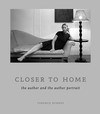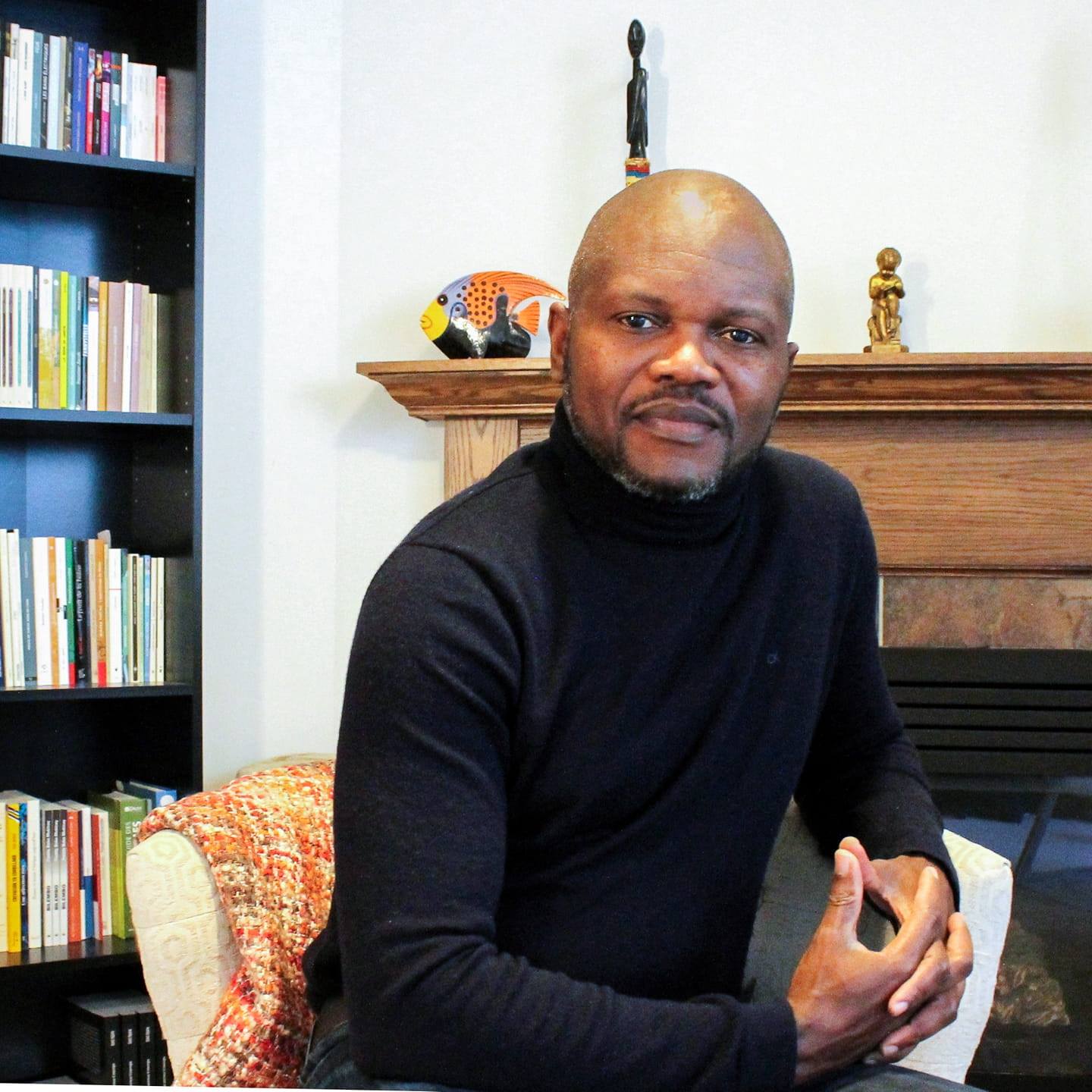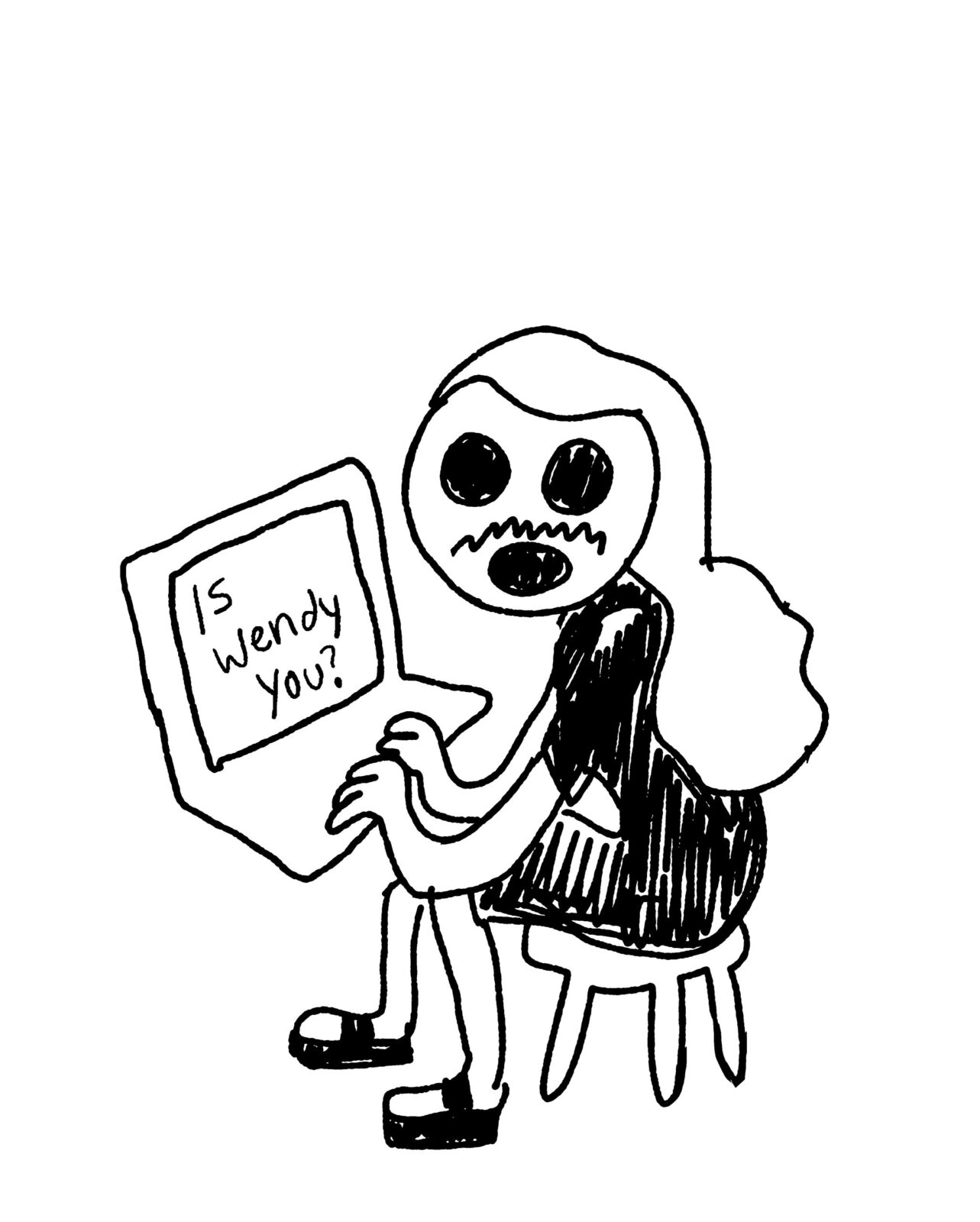
Closer To Home: The Author And Author Portrait
Terence Byrnes
Vehicule Press
$29.95
paper
180pp
978-1-55065-248-2
In this beautiful collection published by Véhicule Press, Byrnes has photographed authors in the places where they live, work, or play; and since for many writers all three of these activities unfold at home, a strong element of domesticity links the images. Each photograph is paired with a short text, a kind of literary portrait in which Byrnes, a Concordia University creative writing professor, skillfully recounts the shoot, recording his subjects’ reactions to the experience.
In the introduction, Byrnes discusses portraiture from a historical perspective and enumerates some of the clichés that photographers still rely upon in order to convey a subject’s significance or authority. “Formality is either ignored, as in the carefully unstudied snapshot,” writes Byrnes, “or the writer is lionized and pinned in place by devices such as the Arcadian touch at the forehead, or the chin resting on lightly curled fingers.”
Although Byrnes embraces the inherent artificiality of portraiture, and intentionally borrows from tradition on occasion, he consistently does so with a twist, showing authors from a new angle. The cover portrait of Susan Gillis illustrates this well. By incorporating an ancient stock element – the author’s fingers framing the side of her face – Byrnes acknowledges a traditional literary pose, yet defies convention by including elements from other types of portraiture. “This is like an odalisque pose!” exclaims Byrnes, referring to the fact that Gillis is shot on a chaise longue. Discussing why this particular image was chosen for the cover, he points out that, with few exceptions, “every single thing in the frame is curved. It’s got a bunch of graphic elements that speak in a complex and rich way to the book’s intentions.”
Among those intentions, he mentions the importance of design, of presenting authors in visual terms, rather than focusing on celebrity, and makes it clear that the portraits aim to capture a moment rather than particular character traits. “The point is neither flattery nor disrespect nor revelation of some true and absolute self,” says Byrnes. “The point is figure, which happens to be a writer, and visual context.”
Although revealing absolute character may not be his objective, Byrnes is conscious of the voyeuristic aspect of such a project, and his written anecdotes are often suggestive of something personal. These heighten the sense of intimacy evoked by the images, and disclose aspects of the shoot that wouldn’t be obvious by looking at the photos alone. If he has requested a certain pose, for instance, and the author has refused to assume it, he makes note of it, evoking, perhaps, the subject’s boundaries or sense of propriety. Thus a feather of tension lingers throughout the book, tickling the reader with a back and forth motion between two distinct realities: how the subjects wish to be seen and how they are ultimately portrayed.
According to Byrnes, it wasn’t always easy to obtain the authors’ approval to include certain shots, but, for the most part, negotiations remained friendly. He elaborates on how emotionally trying the experience was for some, and on how authors, in particular, often relate to being photographed: “Writers have their own curious sort of vanity (that in some ways is almost a negative vanity) in that I see more writers than other people who pretend, or believe, that posing is not a necessity.”
Yet Byrnes has dealt with any such awkwardness creatively, and one senses a playful desire to challenge limits. “I do gently push people to go as far as they will,” he admits, while carefully underlining the importance of establishing trust, something he accomplished through a unique ritual: handing over his camera, he encouraged his subjects to take his picture, and then “talked about anything and everything,” while resuming his role of photographer. “This is extremely quick and fluid and momentary-and provisional. You’ve got to be on top of it every single instant and pluck one of these moments out of the flux.”
Female authors, according to Byrnes, are often particularly wary of being photographed, which is why fewer women were included in the book. He addresses this matter with perspicacity in his introduction: “Men in general are easier to portray because our culture’s history has given us many images of men that would seem to be unflattering but leave their dignity intact and even enhance their sexual attractiveness. Women who do not have a sense of their lasting attractiveness as they age don’t enjoy the same freedom. Only a fool would deny the relationship between a woman’s status and her appearance.” Byrnes is keenly aware of the tightrope women walk when using sexuality for self-promotion. “I think this is very, very dangerous ground for women,” he says, discussing a Playboy Bunny bio he’d just read. “What they’re attempting to do is to get status by relying on a huge stock of whore images. And I think it usually backfires more often than not.” When asked if the overall situation is changing, he mentions the cover of Hillary Clinton’s autobiography: “That pose reinforces the notion that women still gain their status through being seen only through this limited number of ways. I think it’s terribly, terribly complex.”
Being an autodidact has surely enhanced Byrnes’s originality, as many of his own photos broaden the scope of possibilities for women authors. His portrait of playwright Marianne Ackerman, for example, stretched out on her kitchen counter, evokes something playful and fittingly theatrical. And though Ackerman assumes a pose that is considerably sexier than what is common in traditional author portraiture, one does not sense that her dignity is at risk.
An unusually peripatetic past may also have contributed to Byrnes’s uniqueness. As we discuss other projects, he relates that, though he “never lived in one place for more than 18 months until the age of 21,” one particular city captured his imagination in 1966. He has since returned to it every year to photograph its residents, producing an impressive collection that will soon gain exposure through another forthcoming book, Springfield, Ohio: The End of the American Road. “What I found there was the place in this kind of self-produced degradation – and weirdness,” he comments, attempting to explain his longstanding obsession. “By nature, I’m attracted to things that are left behind, to things that are fallen apart, to things that are degraded, yet that still have in some sense the maker’s hand in them.” When asked whether he was able to satisfy this attraction through Closer to Home, he replies, “It’s there incidentally. The domesticity contains signs of that. And when a person would tell me, ‘Oh, I’m moving, everything’s a mess. My boyfriend/girlfriend just kicked me out, so I’m sleeping on someone’s couch,’ then I would feel excited because I would know that there would be exciting disorder.”
This comment sticks with me as we wrap up our interview, contrasting delightfully with a gesture that feels both rooted in domestic stability and streaked with independence: On my way out the door, Byrnes hands me a brown paper bag, filled with three perfectly ripe, homegrown tomatoes. mRb







0 Comments